My life is made better every single day by the dogs, past and present, who have shared the journey with me. I am grateful for the many ways that dogs have expanded and enriched my lived experience, especially as a person with chronic health issues. Are there times when being a human companion to a very strong-headed hound feels overwhelming? Yes. Do we have “ruff” days here and there? For sure. But weathering those hard moments is a privilege I don’t take for granted, and part of the great gift of getting to live with and love a dog. See, I believe that earning and returning trust and deep connection with an animal is one of the holiest things one can achieve in this world.
What’s an animal “worth”?
Dogs’ roles in human communities are more numerous and diverse than ever before. Shifting dynamics and timelines in our vocations, social lives, family planning, and aging have all contributed to the development of new and different relationships with dogs 1–5. Given our co-living, dogs can alert us to potential health risks in our shared environments 6. In the realm of work, dogs perform as guards, explosives and disease detectors, forensics specialists, environmental conservators, and service providers for differently-abled people, to name a few. And when it comes to our social lives, many people today consider dogs to be important members of the family, which is a relatively new norm 7–10.
Reflective of these trends, people are spending a lot on everyday care, comfort, and entertainment for the pups in our lives 11,12. In some cases, resources allocated toward maintaining the dog’s wellbeing are even prioritized equally or beyond those spent on ourselves 13–15. In a world that seems to be getting more and more difficult to move through, dogs can be a source of safety, sanity, and comfort— and to some, that’s invaluable. For researchers, this has begged the question, what is a companion animal worth when it comes to how happy people feel in their own lives?
Quantifying the impact of animal companions in our lives
In a recent study conducted in the U.K. 16, scientists set out to determine the “net impact” of animal companionship. In designing their study, they considered the ample evidence of the positive influence companion animals have on people, such as helping lower their stress levels, increasing mobility and encouraging exercise (especially for older individuals), serving as social buffers, and reducing feelings of loneliness. They also looked at some of the potential downsides of living with and caring for animals, like injuries, allergies, and financial and emotional stress and distress.
Using a standardized survey and a seven-point satisfaction scale, along with a newly-developed economics approach to assess the size of the effect of different factors (such as health, social capital, education, money, etc.), the researchers analyzed the relationship between companion animal guardianship and peoples’ reported life satisfaction.
The takeaway?
While it’s true that there are disadvantages to sharing our lives with canine, feline, and other animal companions, for most people, the benefits appear to far outweigh the risks.
In their findings, the researchers report that an animal companion increased life satisfaction by 3-4 points on their seven-point scale for the population they surveyed. They also found that life satisfaction of dogs and cat carers was not significantly different in their sample. As for a “hard number value”? The team estimated that animal companions are considered to be worth up to £70,000 a year (~$95k) in terms of life satisfaction. For context, previous studies 17 have shown this is roughly equal to the value people place on regularly meeting with friends and relatives.
Is it surprising that people think sharing life with animals is a net positive? Not really. Can we really put a price on our furry friends and family members? I’m not so sure about it. But the tiny economist in me really appreciates this methodological approach to contextualizing the significance of the many roles animals fill in human society, and data like these could be helpful in supporting improved policies and practices around animal welfare, writ large.
Biogliography:
Courtney Sexton is a Postdoctoral research scientist at the Virginia-Maryland College of Veterinary Medicine and has a PhD in Evolutionary Anthropology and Comparative Animal Behavior from The George Washington University.
References:
6. Sexton, C. & Ruple, A. Canine sentinels and our shared exposome. Science 384, 1170–1172 (2024).
7. Bueker, C. S. ‘leads’ to expanded social networks, increased civic engagement and divisions within a community: The role of dogs. J. Sociol. Soc. Welf. (2013) doi:10.15453/0191-5096.3768.
16. Gmeiner, M. W. & Gschwandtner, A. The value of pets: The quantifiable impact of pets on life satisfaction. Soc. Indic. Res. (2025) doi:10.1007/s11205-025-03574-1.

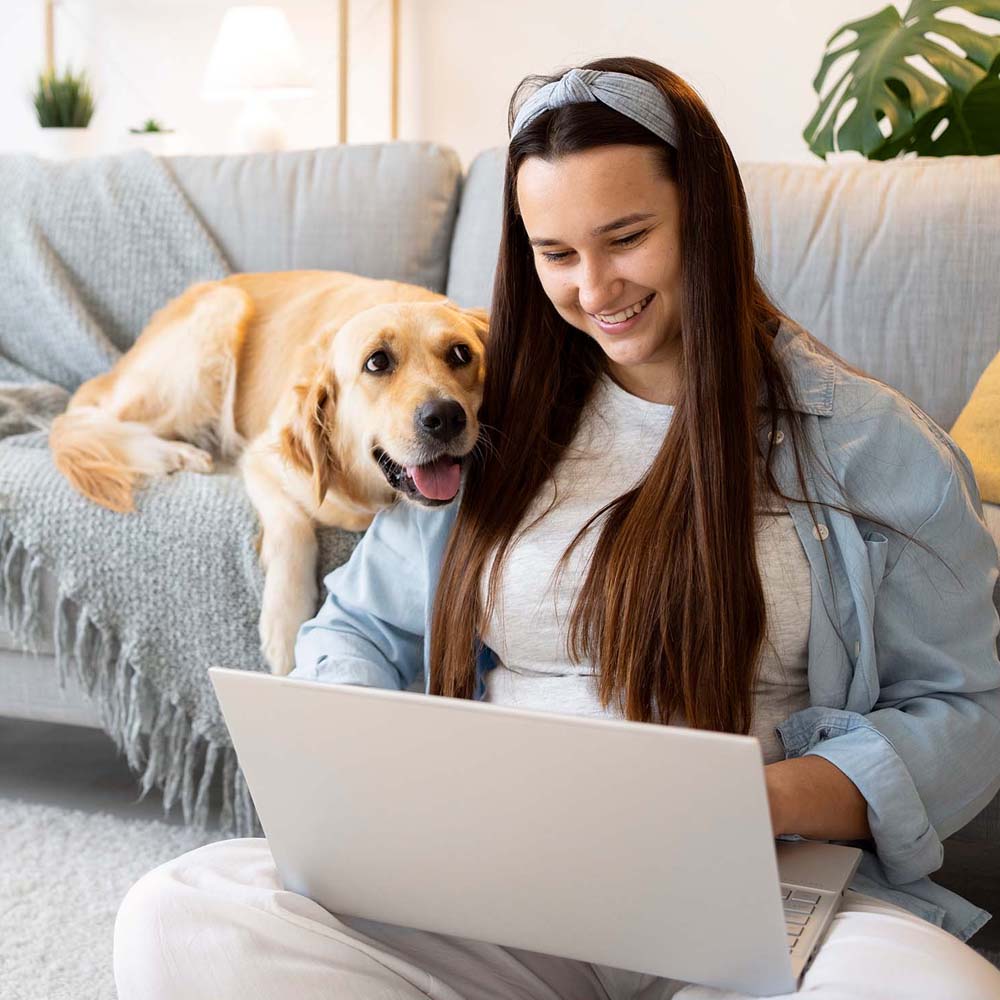
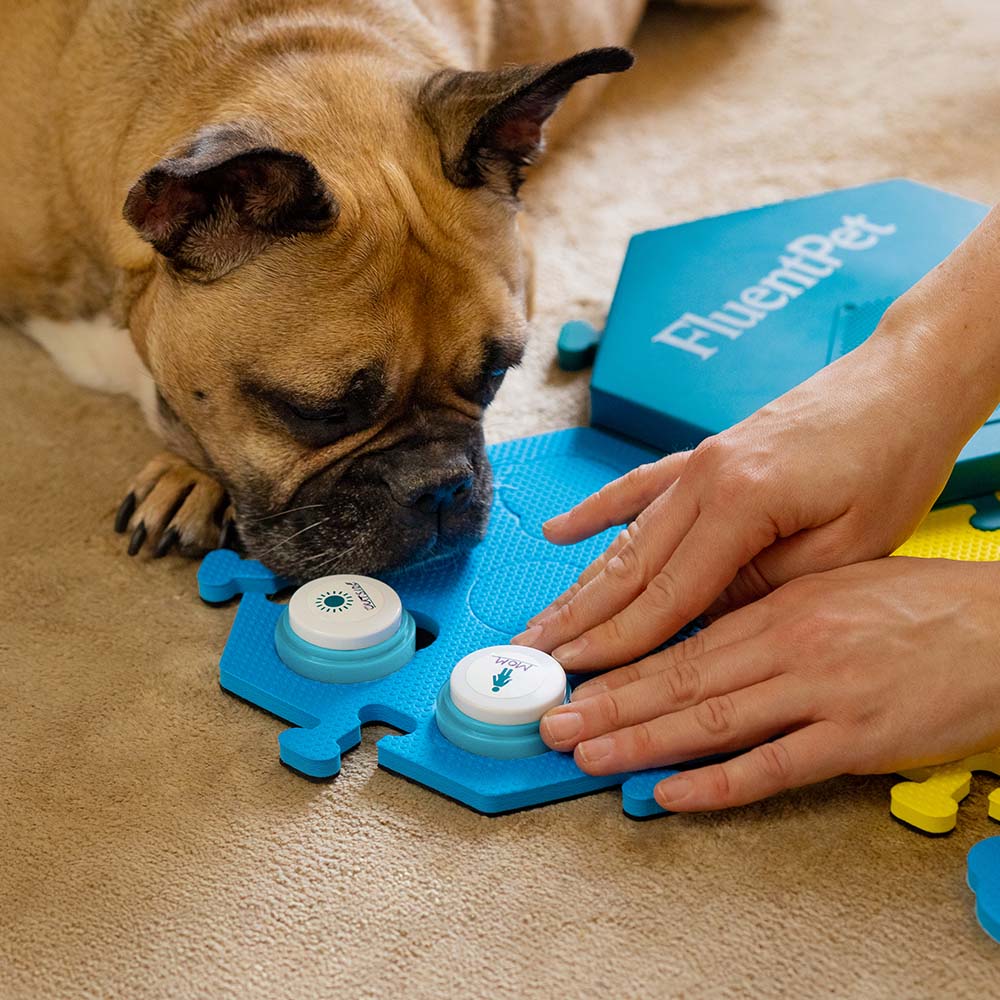
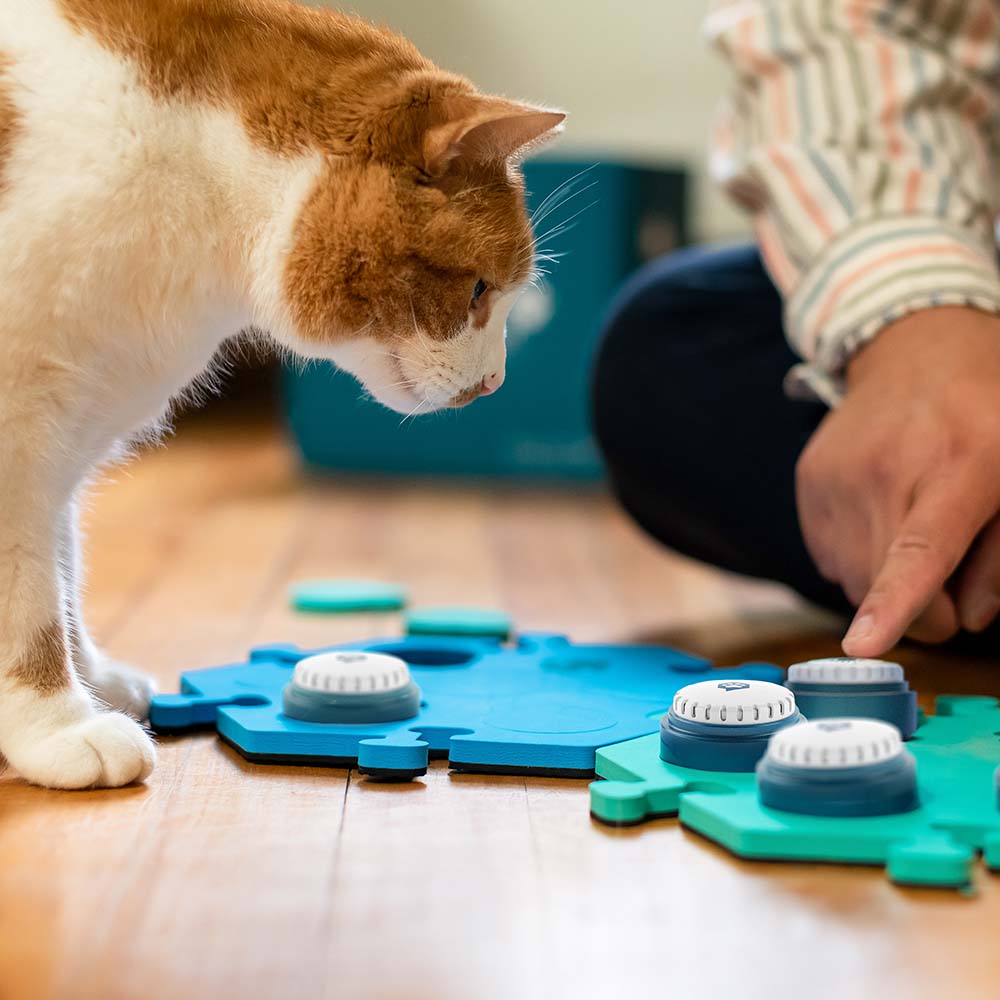
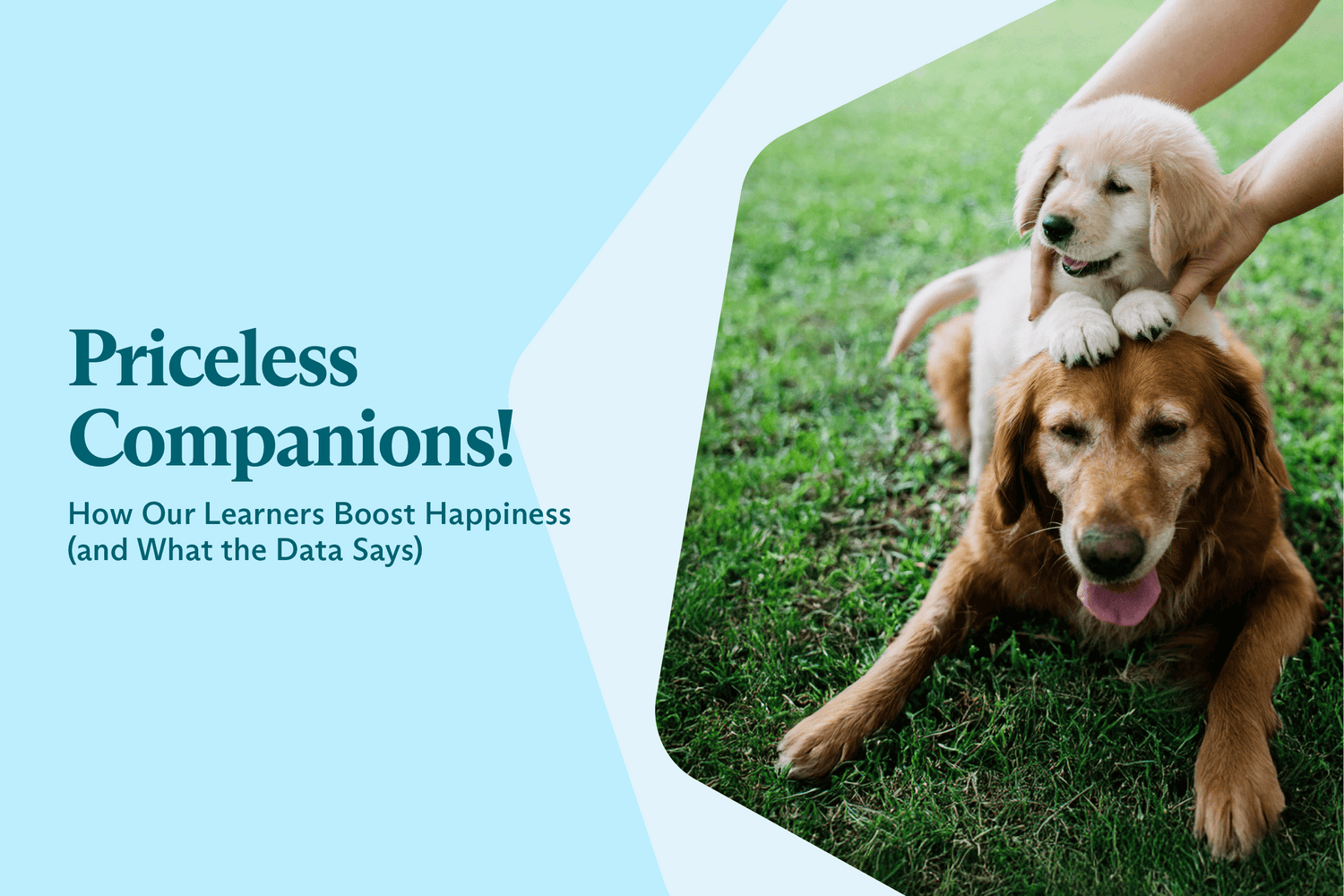

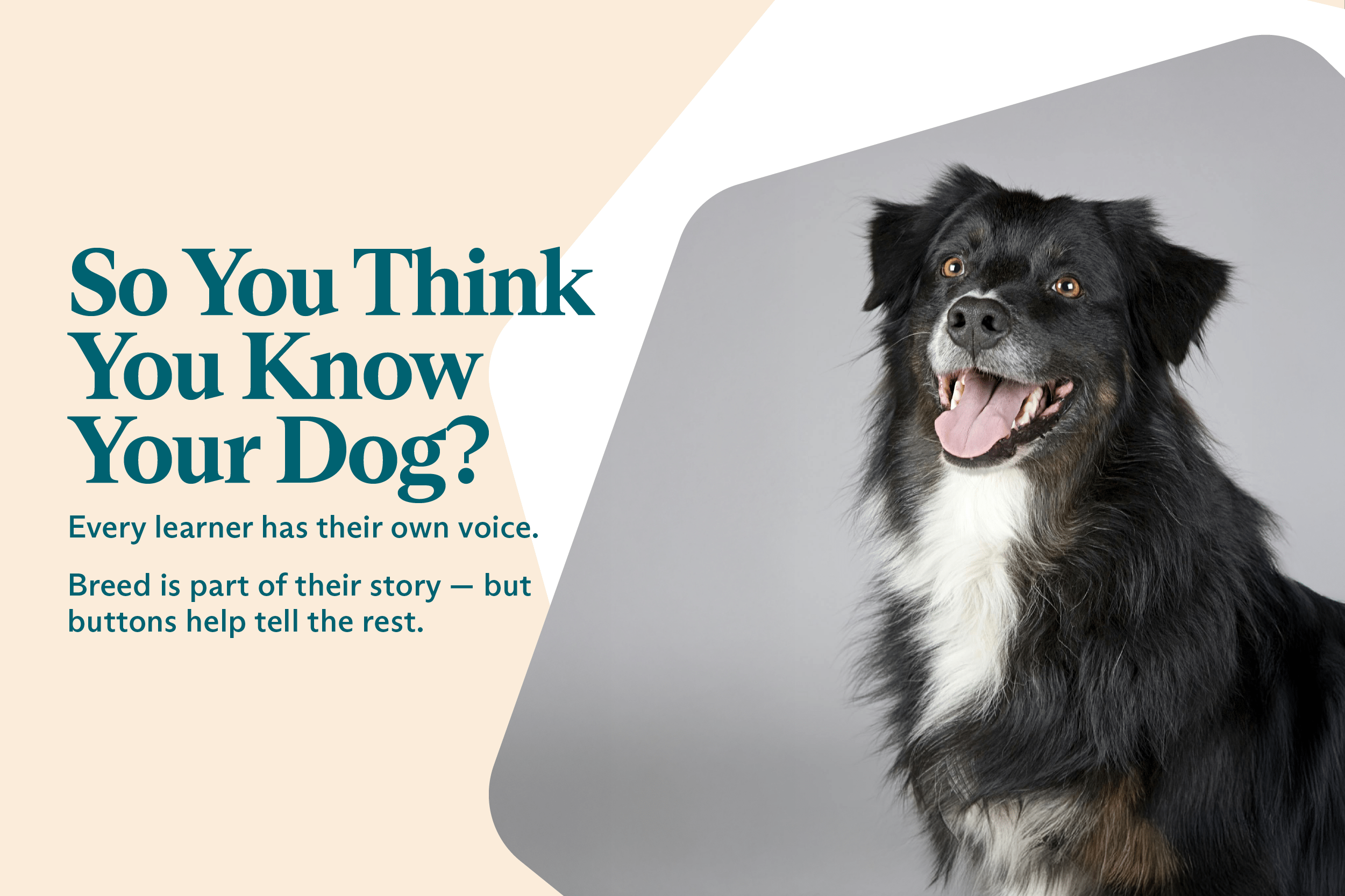
Dejar un comentario
Este sitio está protegido por hCaptcha y se aplican la Política de privacidad de hCaptcha y los Términos del servicio.